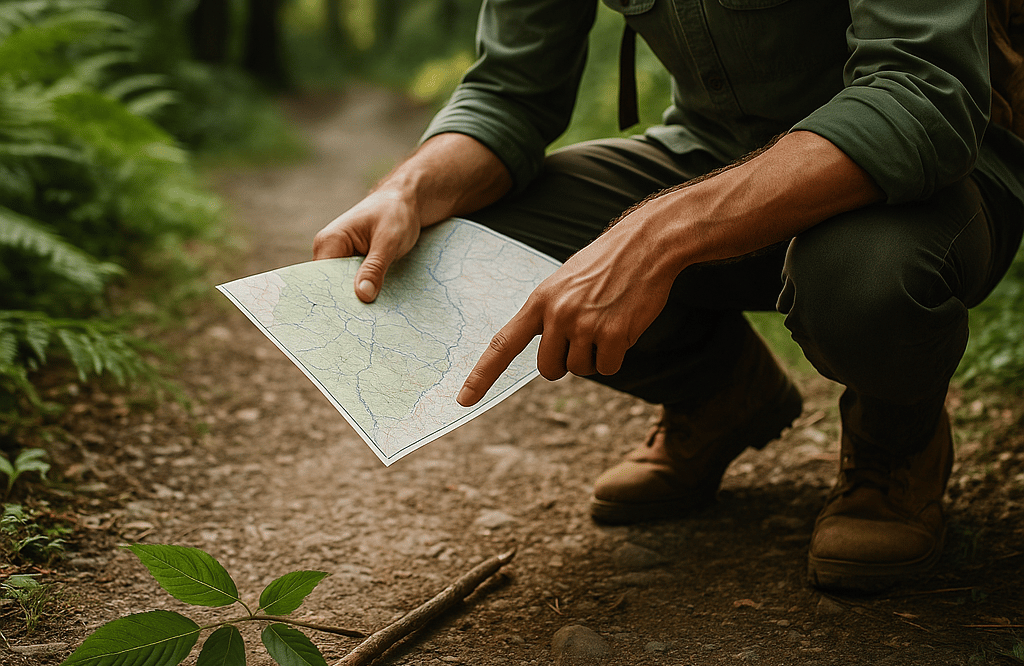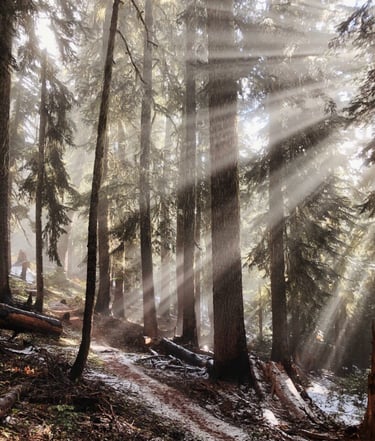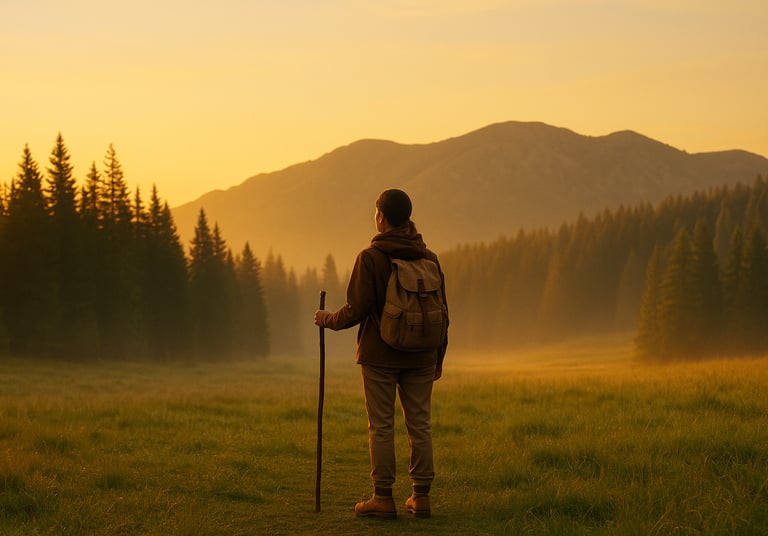How to Read Nature’s Clues to Stay Safe in the Wilderness
Learn how to use nature’s clues to stay safe while hiking, camping, or exploring the outdoors. Discover survival techniques based on weather patterns, wildlife behavior, and natural navigation tools.


How to Read Nature’s Clues to Stay Safe in the Wilderness
When you’re deep in the wilderness, nature becomes your guide. From the movement of the sun to the signs left behind by animals, the outdoors offers subtle but powerful clues that can help keep you safe. Learning how to read these signs can make all the difference when you're navigating remote trails or responding to unexpected challenges.
In this guide, we’ll walk through practical ways to interpret natural cues so you can boost your wilderness awareness and stay one step ahead of potential risks.
Tracking the Sun: Navigating Without a Compass
Even if you don’t have a compass, the sun can help you find your bearings. In most parts of the world:
The sun rises in the east and sets in the west.
Around midday, it’s positioned roughly to the south (in the Northern Hemisphere).
By watching where the sun rises and sets, you can determine cardinal directions and prevent yourself from going in circles — or you can go even further by navigating with the sun, stars, and natural landmarks. This is especially helpful if you’ve become disoriented on a trail or during overcast weather breaks.
Animal Behavior: Signs of Nearby Water or Danger
Animals often know where to find shelter, food, and water — and their behavior can clue you in:
Birds flying in low patterns at dawn or dusk often travel toward water.
Insects like mosquitoes are more common near stagnant water sources.
Deer and other game leave well-worn paths leading to water holes or safe resting spots — and sometimes near areas where you can forage edible wild plants.
If animals suddenly scatter or become unusually quiet, that may signal the presence of a predator or a disturbance nearby. In those moments, knowing how to stay safe during animal encounters can be critical. Pay attention — the silence of the forest can sometimes speak the loudest.
Wind Patterns and Scent Awareness
Wind direction matters more than you think. It not only affects your body temperature, but it can also help carry scents — both good and bad.
If you’re downwind from a water source, you might catch its scent before you see it.
Conversely, if you're upwind from predators or other threats, your scent won’t carry to them as easily — which can reduce the risk of a surprise encounter.
Use wind awareness to position your shelter or cooking area wisely, and avoid letting your scent trail into sensitive wildlife areas.
Natural Landmarks: Reading the Landscape for Orientation
When traveling through remote terrain, always look for major natural landmarks to help you orient yourself.
Ridge lines, rivers, and mountain peaks are excellent reference points — especially when paired with topographic map reading skills.
If you need to retrace your steps, unique trees, boulders, or fallen logs can serve as memorable markers.
It’s a good idea to turn around and occasionally look behind you during a hike — this gives you a sense of what the return journey will look like. Not only does this give you a reference point, it could also help your confidence when you see it on your return and realize you're on the right track.
Weather Clues in the Sky and Trees
Nature gives us early warning signs of changing weather.
Puffy white clouds turning dark and tall often signal an approaching storm.
Birds flying lower than usual may indicate low pressure and incoming rain.
Tree leaves fluttering upside down can be a subtle clue that a front is moving in.
Being able to anticipate a shift in weather gives you a chance to build shelter, secure gear, or change your route before conditions get worse.
Sound Awareness: Listening to Your Environment
Our ears are one of the best tools for survival. In the wild:
Trickling water can lead you to a stream or spring.
Sudden silence in bird calls can indicate a threat (like a predator or human nearby).
Echoes can help you gauge the openness or density of an area — valuable if you’re moving at night.
Stopping to listen — even for just 30 seconds — can reveal valuable information that your eyes might miss.
Conclusion
Nature constantly communicates — you just need to learn how to listen. By observing animal behavior, reading weather patterns, tracking the sun, and paying close attention to wind, water, and landmarks, you’ll sharpen your wilderness instincts and move with more confidence through unfamiliar terrain.
These clues don’t just keep you oriented; they help you stay calm, proactive, and safe. Next time you head into the wild, trust your surroundings — and let nature guide your way.




© 2025. All rights reserved About | Privacy Policy | Terms and Conditions | Affiliate Disclosure | Disclaimer


